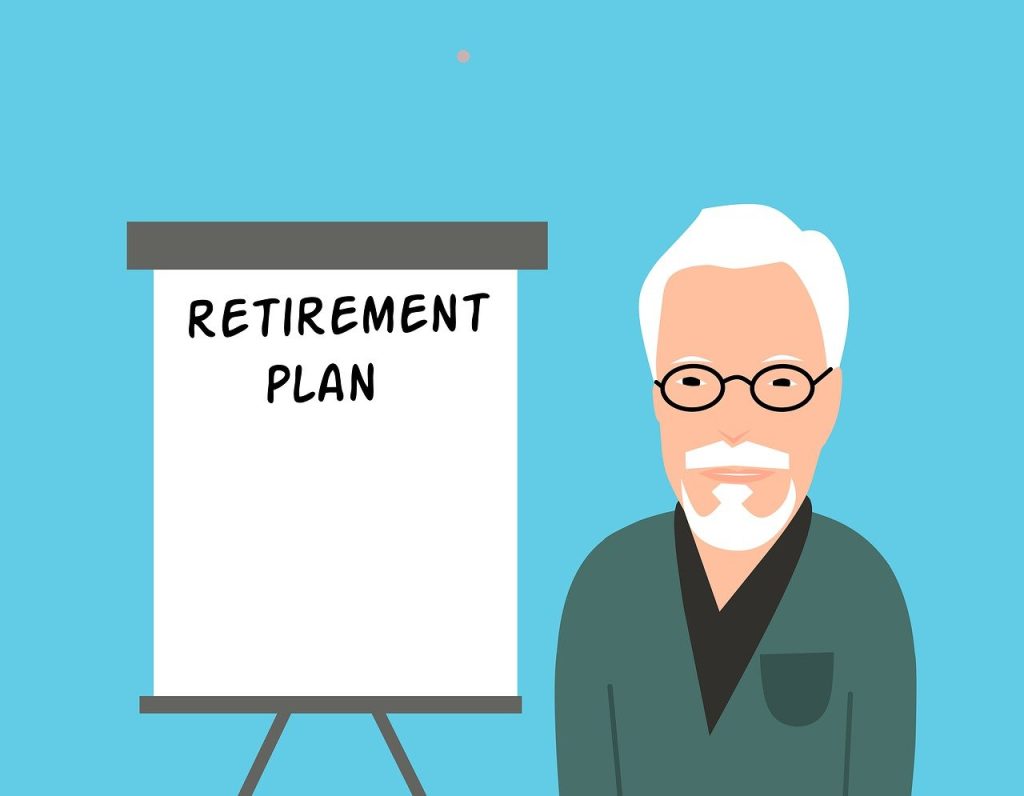Financial stability is essential for leading a worry- and stress-free life. Having a strong safety net in place is equally as vital as pursuing riches and making stock market investments. The cornerstone of this safety net is made up of savings and emergency reserves, which act as a buffer against life’s unforeseen events and as a hedge against financial uncertainty. In this thorough book, we examine the value of having a sizeable emergency fund, how to build one, and tried-and-true methods for making the most of your money for the highest level of financial security and peace of mind.
The role of savings in building a strong safety net
Explanation of savings
The act of setting aside a portion of one’s income for future use is referred to as saving. You can do this by opening a savings account at a financial institution, investing in retirement accounts, stocks, bonds, or other financial products, or both. Savings are meant to build up a fund that can be utilized in an emergency or to finance a major purchase like a house or automobile.
Benefits of having a savings account

Having a savings account has a number of advantages, including:
Peace of mind: Feeling at ease and less stressed can come from knowing that you have a safety net in case of an emergency or unforeseen expense.
Financial security can be attained by conserving money, which can act as a safety net in the event of a job loss, a sudden medical emergency, or other unforeseen financial occurrence.
Flexibility: Savings can provide you the freedom to buy a big item, like a house or a car, without having to borrow money or incur debt.
Opportunity for investment: A savings account can be used as a foundation for assembling a diversified investment portfolio, enabling you to seize possible long-term growth opportunities.
Tips for increasing savings
Saving can be difficult, particularly for individuals with low incomes. However, there are a number of suggestions that can help you save more, such as:
Start small: It is better to start saving something than nothing at all, even if you can only afford to do so on a monthly basis.
Create an automated transfer from your checking account to your savings account each month to help you save more. This will make sure that, even if you forget, you are continually increasing your savings.
Maintain a spending log: You can find places where you can cut back and divert that money toward savings by keeping track of your spending.
Boost your earnings: Think about ways to earn more money, such getting a part-time work or selling things.
The importance of emergency funds
Explanation of emergency funds
A specified sum of money designated for unforeseen needs is called an emergency reserve. This can include things like a job loss, unexpected medical expenses, auto or home repairs, etc. An emergency fund’s purpose is to offer financial security in the event of an unforeseen incident, preventing you from incurring debt or needing loans.
Purpose of having an emergency fund
Having an emergency fund is crucial for a number of reasons, including:
Defending against debt: Without an emergency fund, unforeseen costs could easily result in debt that is challenging to repay.
Financial stability: Knowing that you have a safety net to fall back on in case of an emergency might give you financial stability and peace of mind.
Avoiding high-interest debt: Using credit cards or other high-interest debt to pay for unforeseen needs can be costly due to the quick accumulation of interest fees.
Having an emergency fund in place gives you the freedom to deal with situations without worrying about the financial repercussions.
How to create an emergency fund
Although starting an emergency fund can seem difficult, it is possible with some forethought and dedication. The following advice will assist you in setting up an emergency fund:
Calculate how much you require: Begin by estimating how much cash you require for an emergency reserve. Three to six months’ worth of living expenses should generally be saved up.
Set a target: Establish a clear objective for your emergency fund, such as a financial number or a target date for when it will be fully funded.
Give it high priority: Make emergency fund savings a top priority, even if it means reducing other spending.
Automate the way you contribute: Think about establishing a regular transfer from your bank account to
Combining savings and emergency funds for a comprehensive safety net
Advantages of combining savings and emergency funds
Savings and emergency assets can be combined into one large safety net for a number of reasons, including:
Easier management: Keeping all of your money in one location can make managing and monitoring your finances simpler.
Increased financial stability: Having an emergency fund and a savings account together might give you a wider safety net and increase your financial stability.
The ability to use your resources for both short- and long-term financial goals is increased when you have a savings account and an emergency fund.
Best practices for managing both accounts
Here are some suggestions for managing your emergency savings and investments:
Regularly check your accounts to make sure you’re on the right route to achieving your objectives.
Keep your emergency money separate: To assist prevent it from being unintentionally used for non-emergency expenses, think about storing your emergency fund in a different account from your savings account.
As necessary, update your emergency fund: Make sure your emergency fund is adequate for your needs by periodically reviewing it. If your living expenditures rise or if you incur a big unforeseen bill, update it as appropriate.
Use a high-yield savings account to maximize the interest you receive on your savings by using a high-yield savings account.
For financial security and stability, a solid safety net is crucial. You may build a thorough safety net that can give you peace of mind and enable you to deal with unforeseen financial occurrences by combining your savings and emergency money. Your safety net can remain solid and functional by routinely examining and updating your accounts.
For financial security and stability, creating a solid safety net is crucial. An emergency fund can protect against debt and offer financial stability in the event of an unforeseen incident, whilst a savings account can offer advantages like earning interest and having access to money when needed. These two accounts can be combined to form a complete safety net that will give you peace of mind and enable you to deal with unforeseen financial occurrences. Your safety net can remain solid and functional by routinely examining and updating your accounts. You can aim to create a substantial safety net and secure your financial future by using the advice and best practices covered in this article.



